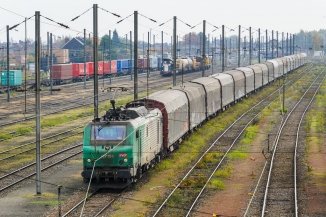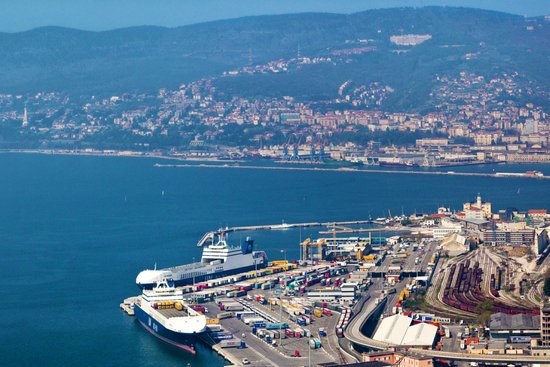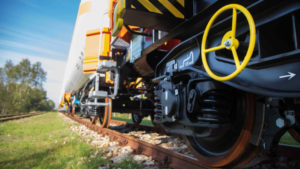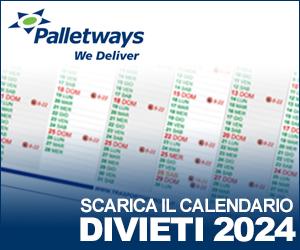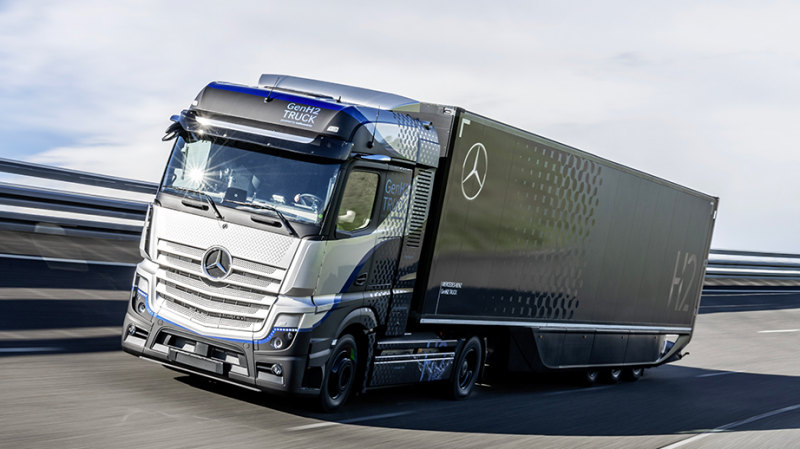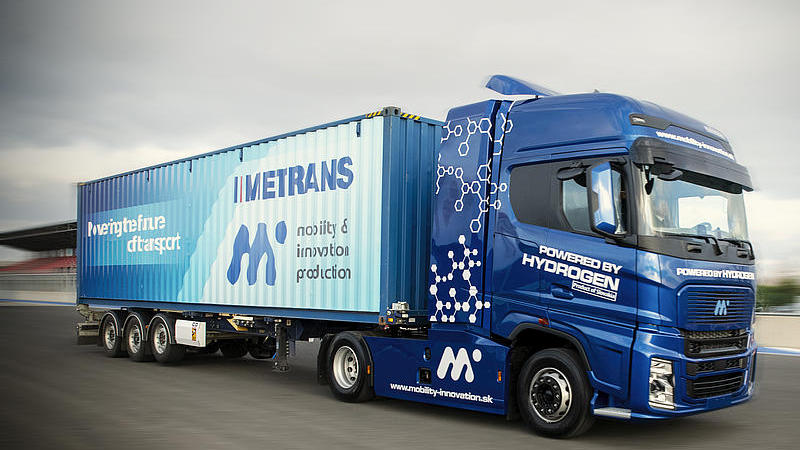The frenzy of change can be a double-edged sword for the railway industry. Ten sector associations are aware of this and have requested a pause for reflection from the European Commission. The central issue is the Interoperability Technical Specifications, known as TSI, followed by the year of their adoption. These EU regulations aim to provide common guidelines on all technical aspects of railways, such as standards for the approval of rolling stock and traction. While no one disputes the benefit of this regulation to promote true integration at the EU level, the criticism focuses on the timing, as there is hardly any time to adapt to the newly updated standards before Europe is already considering a new edition of the TSIs.
The risk, therefore, is to frantically chase after the rules, resulting in increased costs and few tangible benefits. This is the case with the latest version of the TSIs, which came into force only in September 2023, while the European Commission is already considering a thorough revision in a few years, in 2026-2027. For this reason, ten sector associations have asked DG Move (the European Directorate-General for Mobility and Transport) for a pause for reflection, urging a focus only on revising certain aspects deemed a priority. Among the associations are UIRR, the intermodal transport organization, as well as infrastructure managers, rolling stock lessors, private rail car holders, and railway supply industries.
According to operators, the current rules can remain valid at least until 2030, while immediate action is needed on some pressing issues. The operators identify two in particular: the new mobile communication system and digital automatic coupling (DAC). Currently, the standard Gsm-R is used in ground-train communications, where the letter R stands for Railway, the specific version addressed to railways and an integral part of the European signaling system Ertms. Gsm will have to give way to the new standard Frmcs (Future Railway Mobile Communication System), which is now being defined. Therefore, the associations demand that once the technical specifications are issued, Europe must integrate them into the TSIs promptly.
The same should happen with digital automatic coupling, the most significant technological and managerial evolution expected in the coming years. Prototypes and experimental vehicles abound in this area, but a synthesis of what has been done so far is needed, and the TSIs can be an opportunity to move away from scattered applications and find a valid reference point for the whole of Europe, also because its adoption is anticipated to be a billion-dollar undertaking.
Piermario Curti Sacchi




